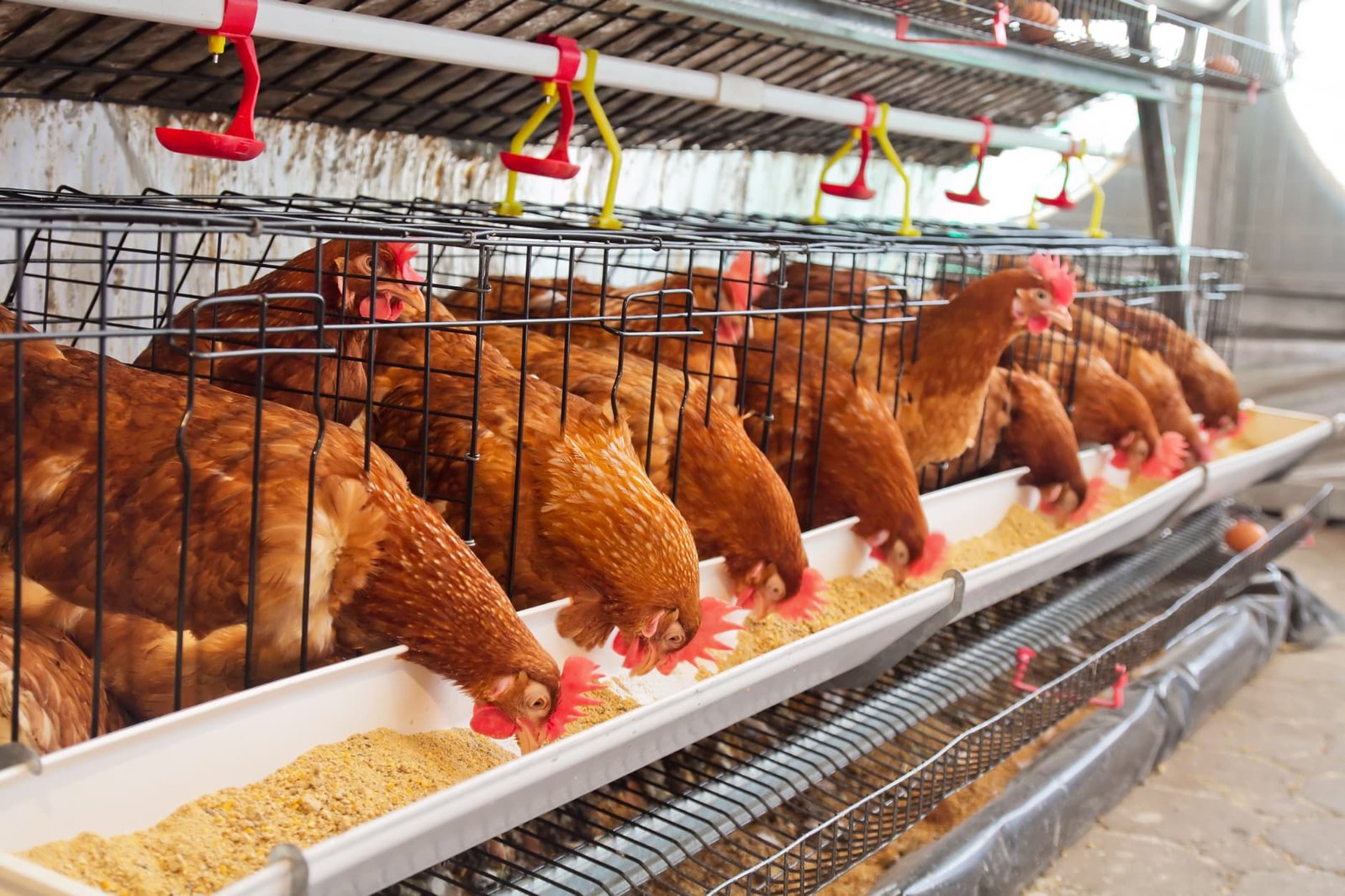As someone who has worked in the field of accounting and finance, I understand the importance of efficient cost analysis in businesses. One crucial aspect of cost analysis is product costing, which involves the determination of the cost of producing a product or service. Product costing methods vary depending on the industry and the production process, but two of the most common methods are job order costing and process costing.
Introduction
Job order costing is a product costing method that is commonly used in industries where the production process is customized or involves unique products. In job order costing, the costs of materials, labor, and overhead are tracked and assigned to a specific job or project. The costs are then used to calculate the total cost of the job and the unit cost of the product. Job order costing is commonly used in industries such as construction, custom furniture manufacturing, and printing.
Process costing, on the other hand, is a product costing method that is commonly used in industries where the production process is continuous and standardized. In process costing, the costs are accumulated for each department or process involved in the production process. The total costs are then divided by the number of units produced to arrive at the unit cost. Process costing is commonly used in industries such as chemical manufacturing, food processing, and oil refining.
Efficient cost analysis is crucial for businesses as it helps them determine the profitability of their products and services. By using product costing methods such as job order costing and process costing, businesses can accurately determine the cost of production and make informed decisions about pricing and cost control. Other costing methods such as activity-based costing, standard costing, variable costing, absorption costing, and marginal costing can also be used in different industries to determine the cost of production.
In the following sections of this blog post, I will provide a detailed explanation of job order costing and process costing, their advantages and disadvantages, and their applications in different industries. I will also compare the two methods and discuss other costing methods that businesses can use for efficient cost analysis.
Job Order Costing
Job order costing is a product costing method that is commonly used in industries where the production process is customized or involves unique products. In job order costing, the costs of materials, labor, and overhead are tracked and assigned to a specific job or project. The costs are then used to calculate the total cost of the job and the unit cost of the product.
In job order costing, the costs are accumulated for each job or project separately. This means that the costs of each job or project are tracked individually and assigned to the specific job or project. The costs are then used to calculate the total cost of the job and the unit cost of the product.
Job order costing is commonly used in industries such as construction, custom furniture manufacturing, and printing. For example, a construction company that builds custom homes will use job order costing to track the costs of each home it builds. The costs of materials, labor, and overhead are tracked and assigned to each home separately, and the total cost of each home is calculated based on the accumulated costs. The unit cost of the home is then calculated by dividing the total cost by the number of homes built.
One advantage of job order costing is that it allows businesses to accurately determine the cost of producing customized or unique products. This is because the costs are tracked for each job or project separately, and the costs can be assigned to the specific job or project. Job order costing also allows businesses to accurately determine the profitability of each job or project.
However, job order costing can be time-consuming and costly to implement. This is because the costs have to be tracked for each job or project separately, which can be a complex process. Additionally, the overhead costs have to be allocated to each job or project based on a predetermined allocation method, which can be subjective.
Overall, job order costing is a useful product costing method for industries that produce customized or unique products. By accurately tracking the costs of each job or project, businesses can make informed decisions about pricing and cost control.
Process Costing
Process costing is a product costing method that is commonly used in industries where the production process is continuous and standardized. In process costing, the costs are accumulated for each department or process involved in the production process. The total costs are then divided by the number of units produced to arrive at the unit cost.
One example of an industry that uses process costing is the chemical manufacturing industry. Chemical manufacturing involves a continuous production process where raw materials are transformed into finished products through a series of chemical reactions. The production process involves several different stages or processes, such as mixing, heating, cooling, and distilling. The costs associated with each stage or process are accumulated and then divided by the total number of units produced to arrive at the unit cost of the finished product.
The advantage of using process costing is that it provides an accurate representation of the cost of production for each unit of the product. This can be especially useful in industries where there is a high volume of production and the production process is continuous. Process costing also allows for better cost control as the costs associated with each process can be monitored and analyzed.
However, there are also some disadvantages to using process costing. One of the disadvantages is that it can be difficult to assign costs to individual products, as the costs are accumulated for each process rather than each job or product. Another disadvantage is that process costing assumes that all units produced are identical, which may not be the case in some industries.
In conclusion, process costing is a useful product costing method for industries where the production process is continuous and standardized. By accumulating costs for each process and dividing by the number of units produced, businesses can determine the unit cost of their products and make informed decisions about pricing and cost control. However, businesses should also be aware of the disadvantages of process costing, such as the difficulty in assigning costs to individual products and the assumption of identical units produced.
Comparison between Job Order and Process Costing
Job order costing and process costing are two commonly used methods for product costing. While both methods are used to determine the cost of production, there are significant differences between them that businesses need to consider when choosing the appropriate method.
Differences between job order costing and process costing
- Job order costing is used for customized or unique products, while process costing is used for standardized products produced in large quantities.
- Job order costing tracks the costs of materials, labor, and overhead for each job or project, while process costing accumulates the costs for each department or process involved in the production process.
- Job order costing assigns the costs to specific jobs, while process costing assigns the costs to each unit produced.
- Job order costing calculates the unit cost of each job or product, while process costing calculates the average cost of each unit produced.
- Job order costing requires more detailed record-keeping and accounting, while process costing involves less detailed record-keeping.
Similarities between job order costing and process costing
- Both methods are used to determine the cost of production.
- Both methods involve the accumulation of costs related to materials, labor, and overhead.
- Both methods can be used to determine the profitability of products and services.
Factors to consider when choosing between job order and process costing When deciding between job order costing and process costing, businesses need to consider the following factors:
- The type of product or service being produced
- The production process involved
- The level of customization or standardization of the product or service
- The level of detail required in record-keeping and accounting
- The size of the production runs
- The cost of production
In some cases, businesses may use a combination of job order costing and process costing, especially when the production process involves both unique and standardized products. For example, a furniture manufacturer may use job order costing for custom-made furniture and process costing for its standardized product line.
Businesses need to choose the appropriate product costing method based on their specific needs and the nature of their products and services. While job order costing and process costing are two commonly used methods, there are other costing methods that businesses can use, such as activity-based costing, standard costing, variable costing, absorption costing, and marginal costing. By using efficient cost analysis and product costing methods, businesses can make informed decisions about pricing and cost control, which can lead to improved profitability and competitiveness.
Other Costing Methods
Apart from job order costing and process costing, there are several other costing methods that businesses can use for efficient cost analysis. These methods are often used in conjunction with job order costing and process costing to provide a more accurate and comprehensive picture of the cost of production.
- Activity-Based Costing (ABC)
Activity-based costing (ABC) is a costing method that assigns costs to specific activities or processes involved in the production process. ABC is useful in industries where there are multiple processes involved in the production of a product or service, and where indirect costs make up a significant portion of the total cost of production. By identifying the specific activities or processes that contribute to the indirect costs, businesses can accurately allocate these costs to the products or services that use them.
- Standard Costing
Standard costing is a costing method that uses predetermined standard costs to calculate the cost of production. These standard costs are based on the estimated costs of materials, labor, and overhead for each unit of production. Standard costing is useful in industries where the production process is highly repetitive and where the costs of materials and labor are stable. By using standard costs, businesses can easily compare the actual costs of production to the expected costs, and make adjustments as necessary.
- Variable Costing
Variable costing is a costing method that only considers the variable costs involved in the production process. Variable costs are costs that vary with the level of production, such as the costs of materials and direct labor. Fixed costs, such as rent and salaries, are not included in variable costing. Variable costing is useful in industries where fixed costs are high and where the production volume fluctuates significantly.
- Absorption Costing
Absorption costing is a costing method that considers both variable and fixed costs involved in the production process. Unlike variable costing, absorption costing assigns fixed costs to each unit of production, in addition to variable costs. Absorption costing is useful in industries where fixed costs make up a significant portion of the total cost of production.
- Marginal Costing
Marginal costing is a costing method that only considers the variable costs involved in the production process. Like variable costing, marginal costing does not assign fixed costs to each unit of production. However, marginal costing takes into account the contribution margin of each unit of production, which is the difference between the selling price and the variable costs. Marginal costing is useful in industries where the contribution margin is a key factor in pricing decisions.
While job order costing and process costing are two of the most commonly used product costing methods, businesses can also use other costing methods such as activity-based costing, standard costing, variable costing, absorption costing, and marginal costing for efficient cost analysis. The choice of costing method depends on the nature of the industry, the production process, and the specific needs of the business. By using the appropriate costing method, businesses can accurately determine the cost of production and make informed decisions about pricing and cost control.
Quick View on above Costing Methods
| Method | Description | Example |
|---|---|---|
| Job Order Costing | Used for custom or unique products where costs can be traced to individual jobs. | A carpenter building a custom dining table for a client. |
| Process Costing | Used for standardized and continuous production processes where costs are averaged across all units produced. | A cereal manufacturer producing a large number of cereal boxes. |
| Activity-Based Costing | Allocates costs to specific activities that contribute to the production of a product or service. | A car manufacturer allocating costs to each step in the production process, such as assembly or painting. |
| Standard Costing | Sets standard costs for materials, labor, and overhead, and compares actual costs to the standard costs to identify variances. | A clothing manufacturer setting standard costs for fabric, labor, and factory overhead. |
| Variable Costing | Allocates only variable costs to the production of a product, such as direct materials and direct labor. Fixed costs are considered period expenses. | A bakery allocating costs for flour and sugar used in producing cakes. |
| Absorption Costing | Allocates both variable and fixed costs to the production of a product. | A smartphone manufacturer allocating costs for raw materials, factory rent, and salaries of production staff. |
| Marginal Costing | Focuses on the impact of changes in production volume on costs and profits. | A company analyzing the cost and profit implications of producing additional units of a product. |
Final Thoughts
In conclusion, efficient cost analysis is crucial for businesses as it enables them to determine the profitability of their products and services. Product costing methods such as job order costing and process costing are commonly used to determine the cost of production in different industries.
Job order costing is best suited for industries where the production process is customized or involves unique products. In contrast, process costing is best suited for industries where the production process is continuous and standardized. Businesses should consider the nature of their production process and the type of products they produce when choosing between job order costing and process costing.
Apart from job order costing and process costing, businesses can also use other costing methods such as activity-based costing, standard costing, variable costing, absorption costing, and marginal costing. Each of these methods has its advantages and disadvantages and is best suited for different industries.
In closing, businesses should adopt efficient cost analysis methods to remain competitive and profitable in the long run. By using product costing methods such as job order costing and process costing, businesses can accurately determine the cost of production and make informed decisions about pricing and cost control. It is essential to choose the most suitable costing method for the specific industry and production process.










